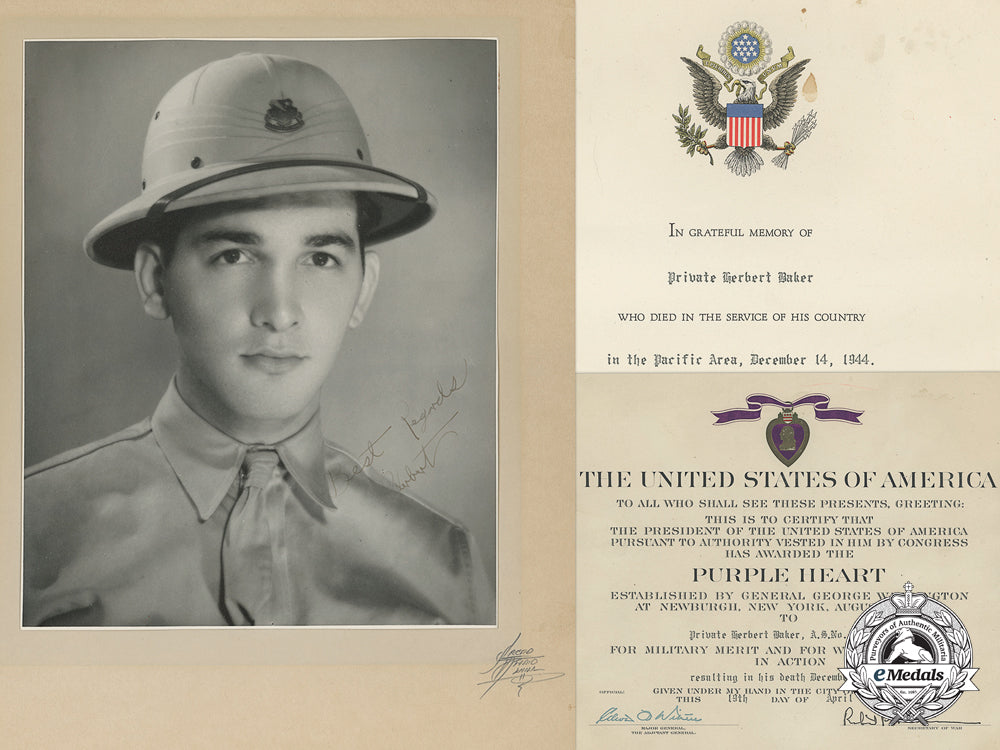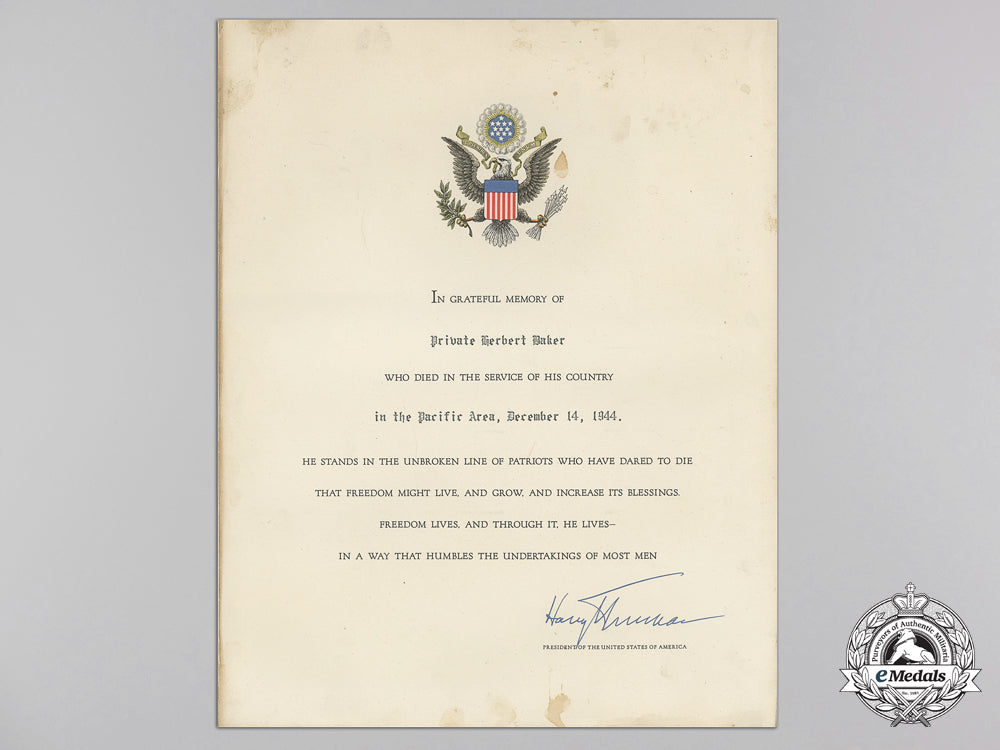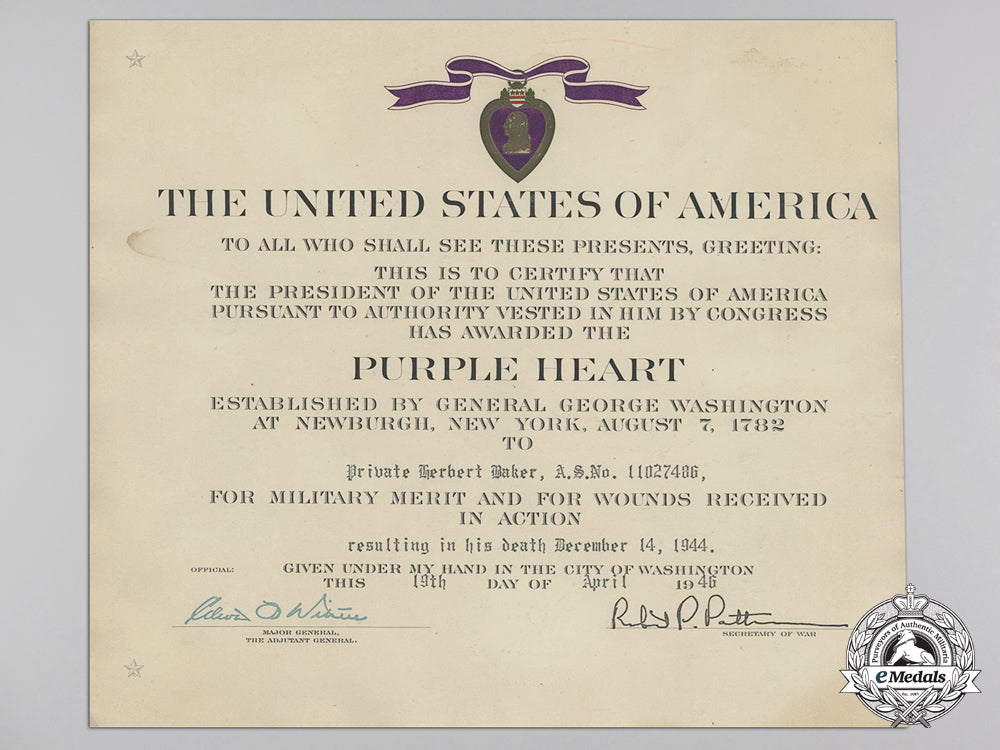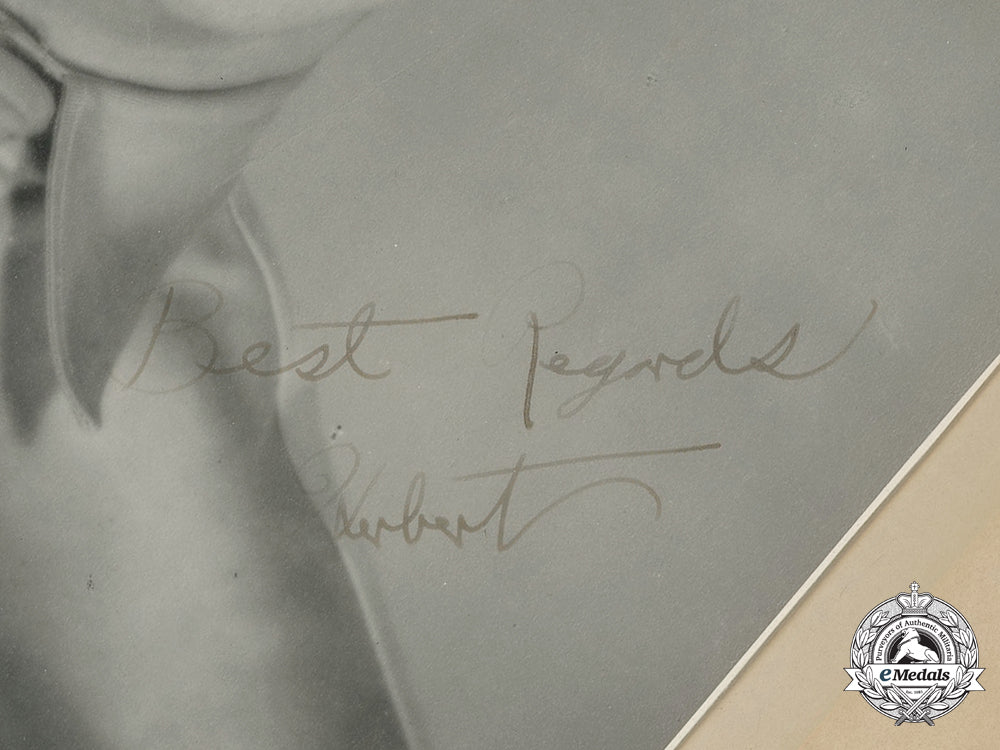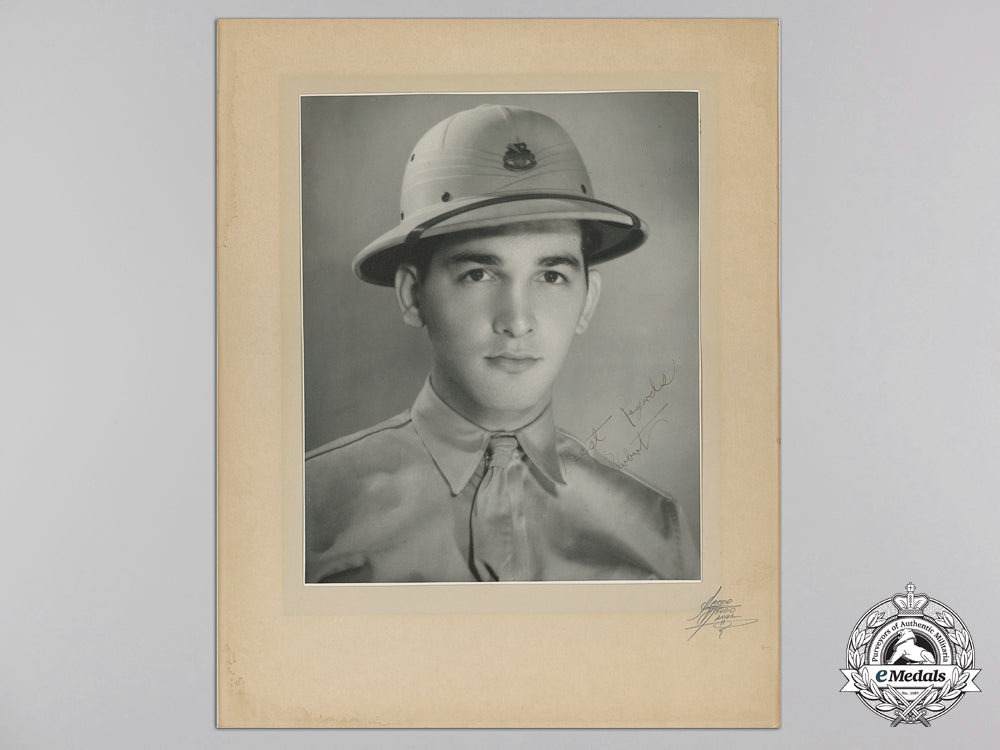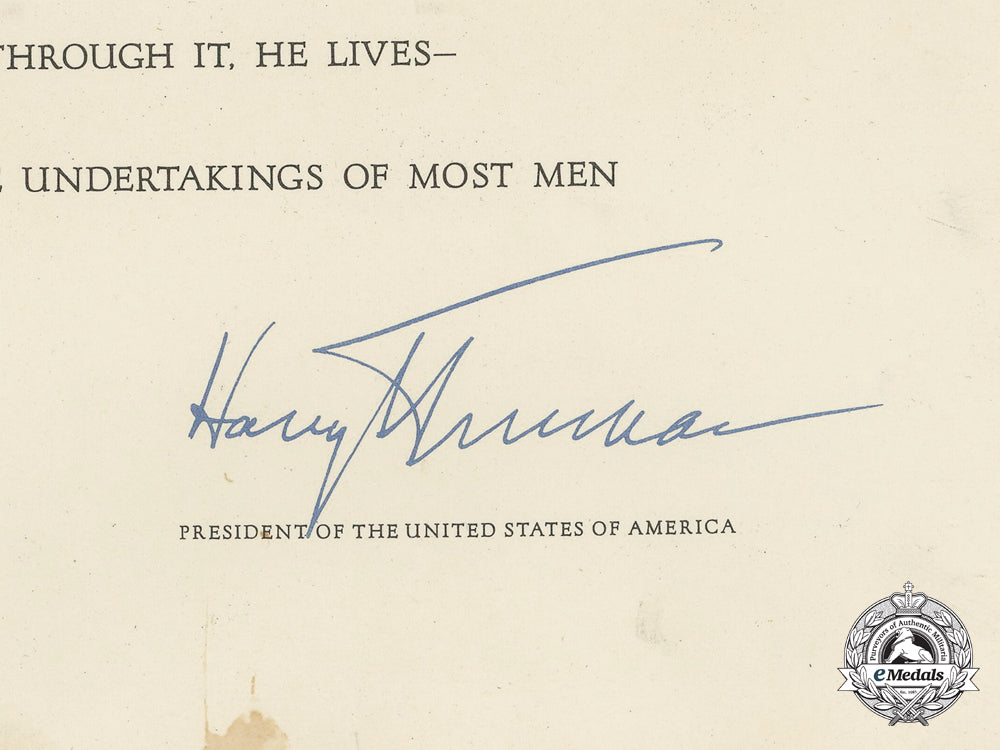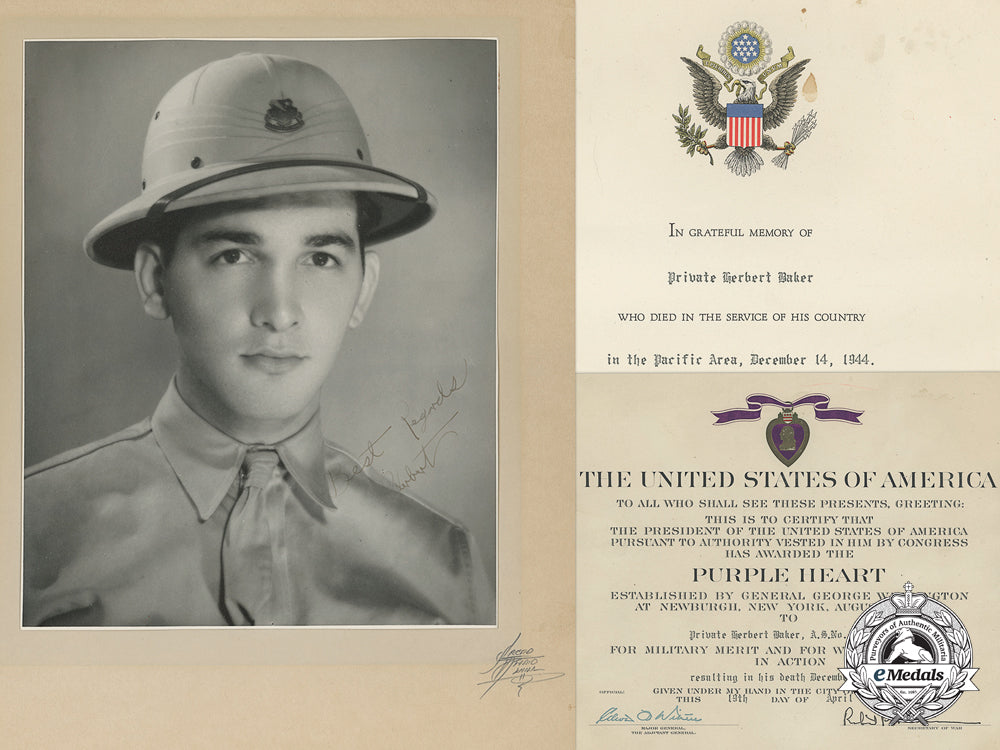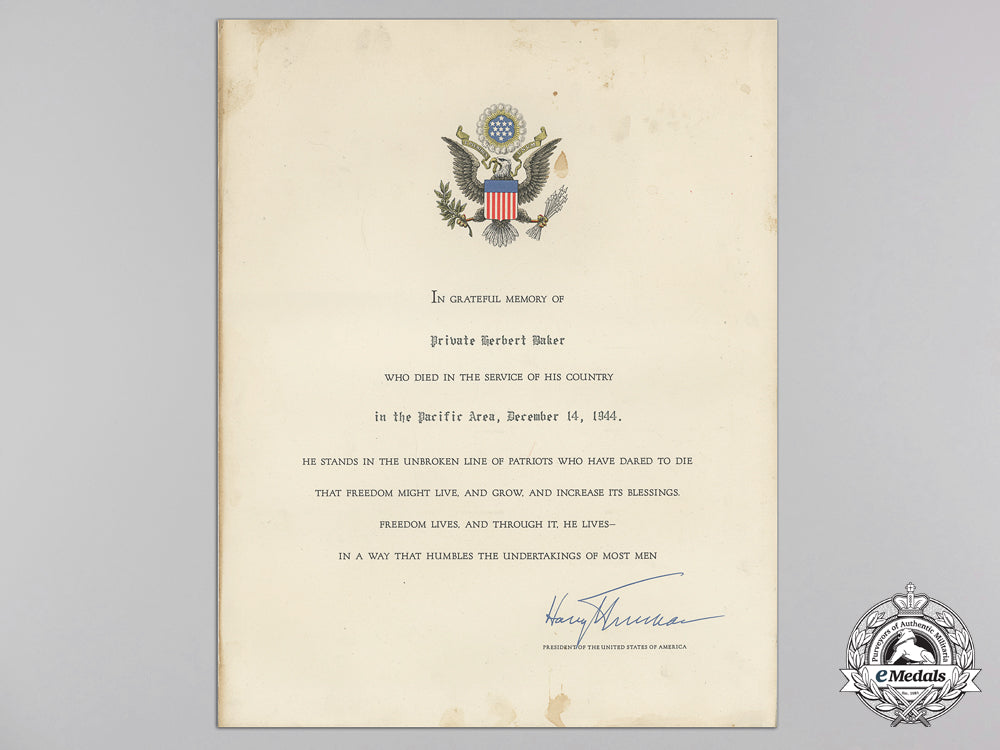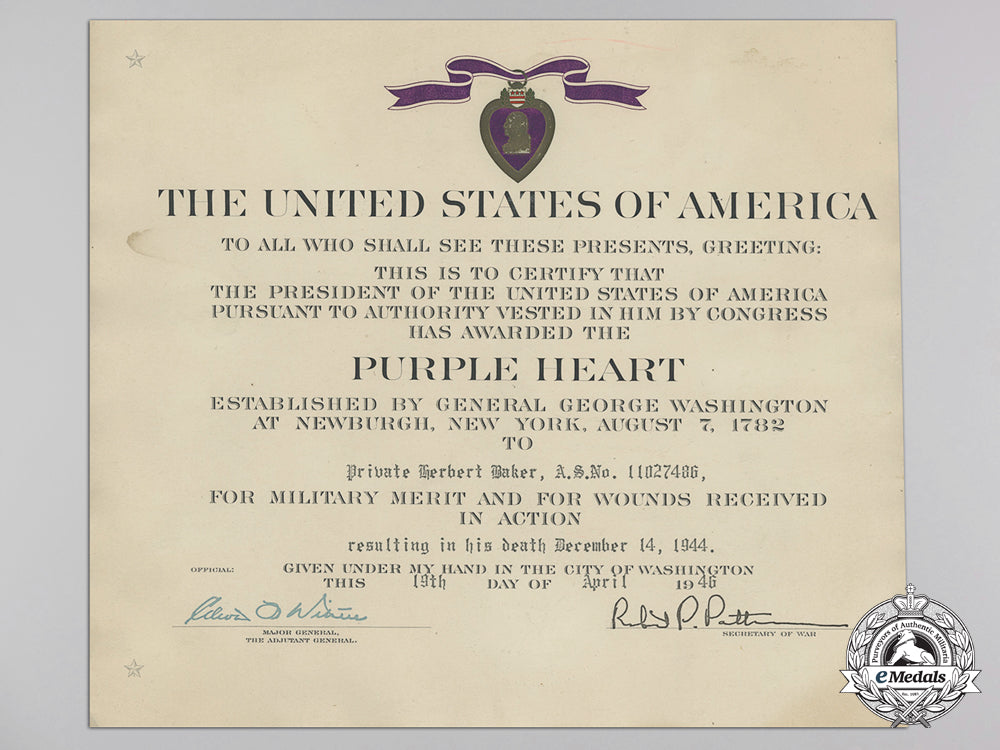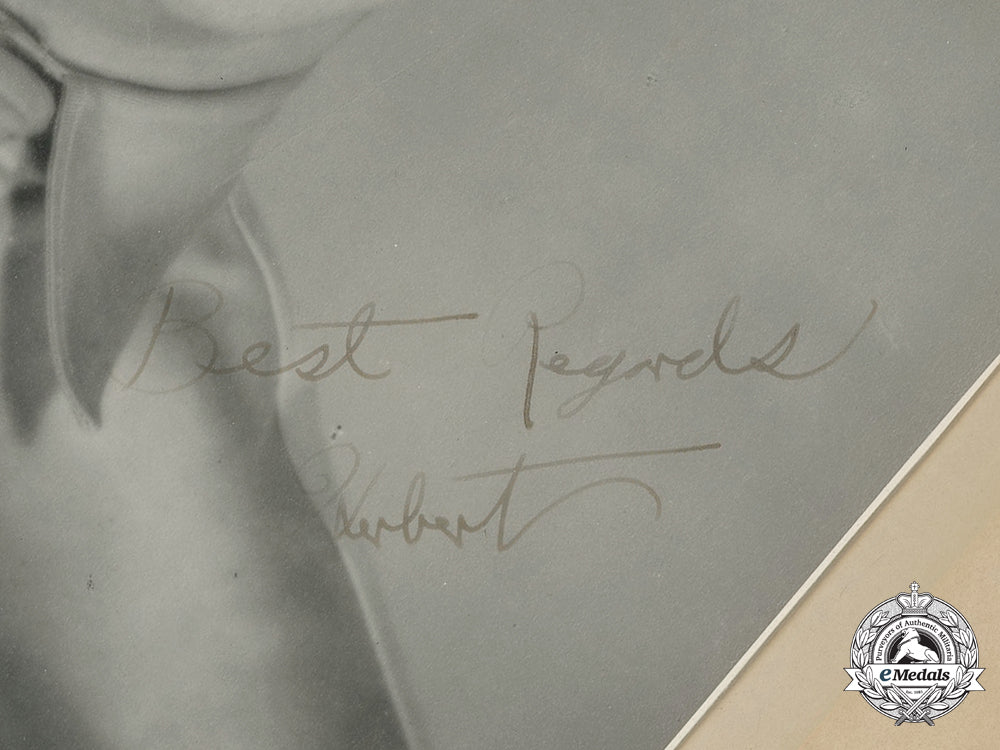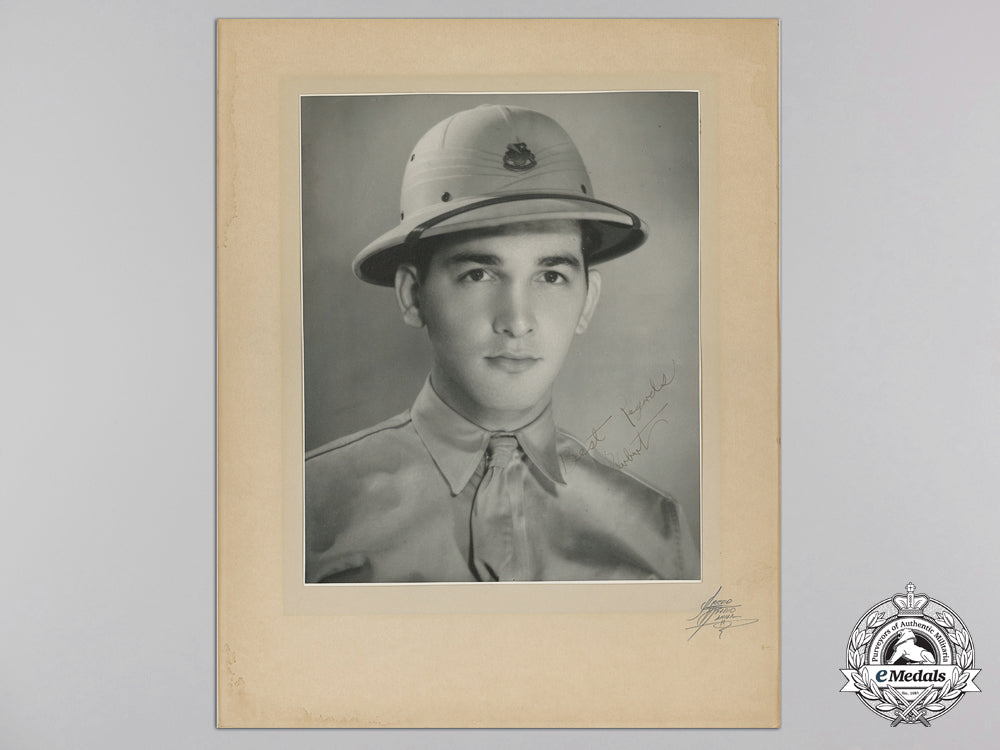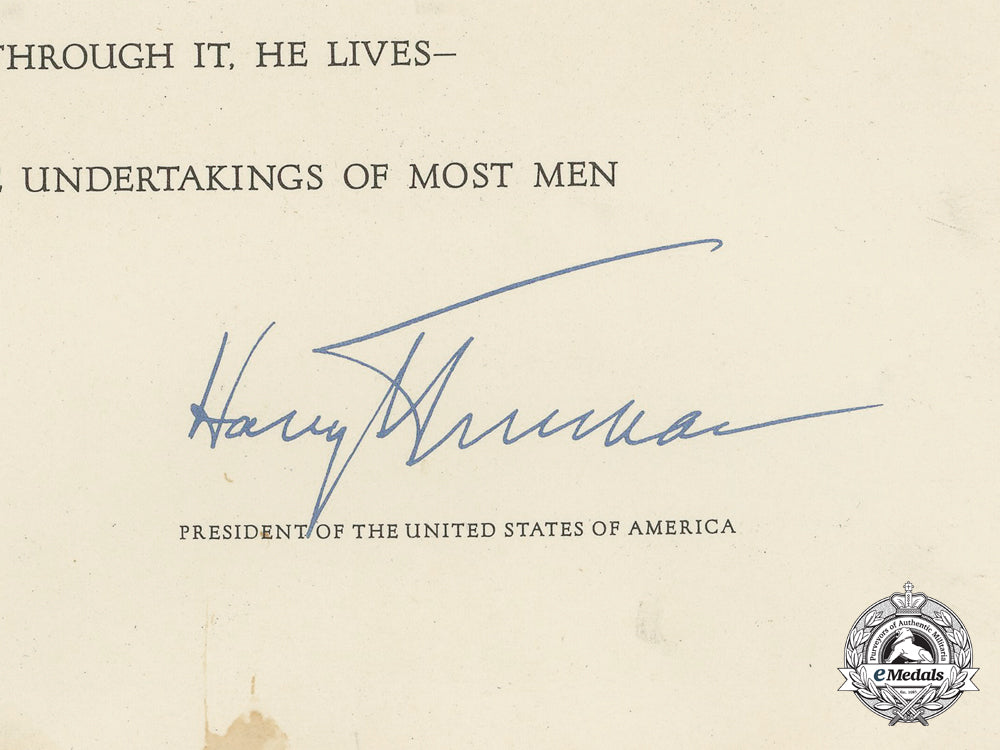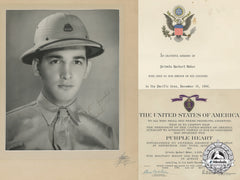
LOADING ...
In response to evolving domestic opinion, eMedals Inc has made the conscious decision to remove the presentation of German Third Reich historical artifacts from our online catalogue. For three decades, eMedals Inc has made an effort to preserve history in all its forms. As historians and researchers, we have managed sensitive articles and materials with the greatest of care and respect for their past and present social context. We acknowledge the growing sentiments put forth by the Canadian public and have taken proactive actions to address this opinion.
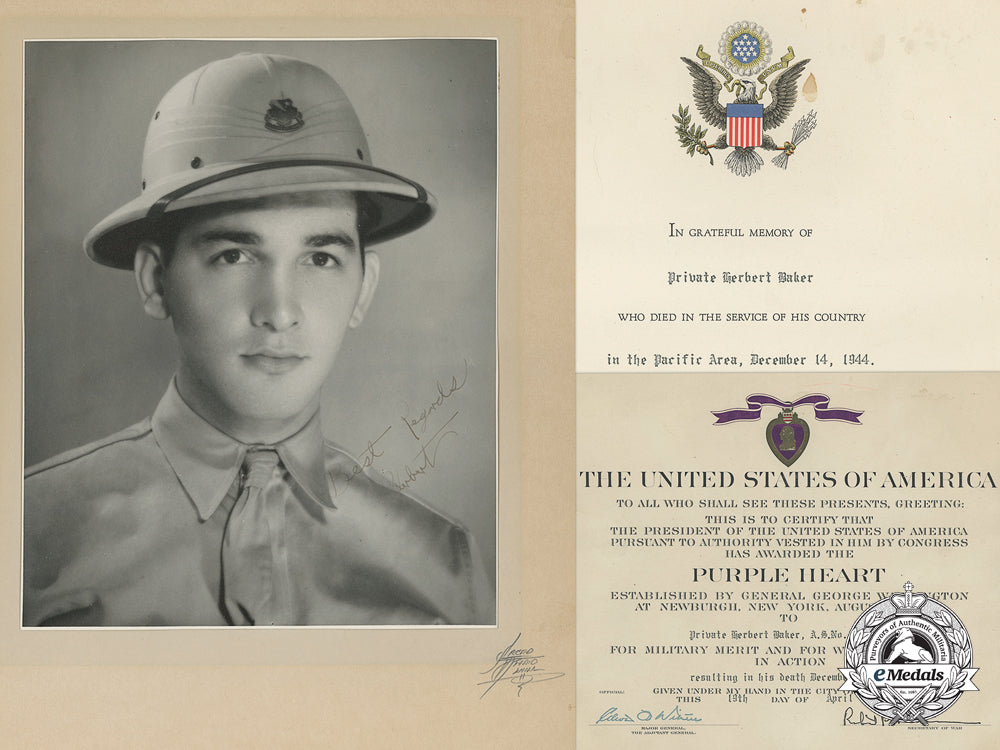
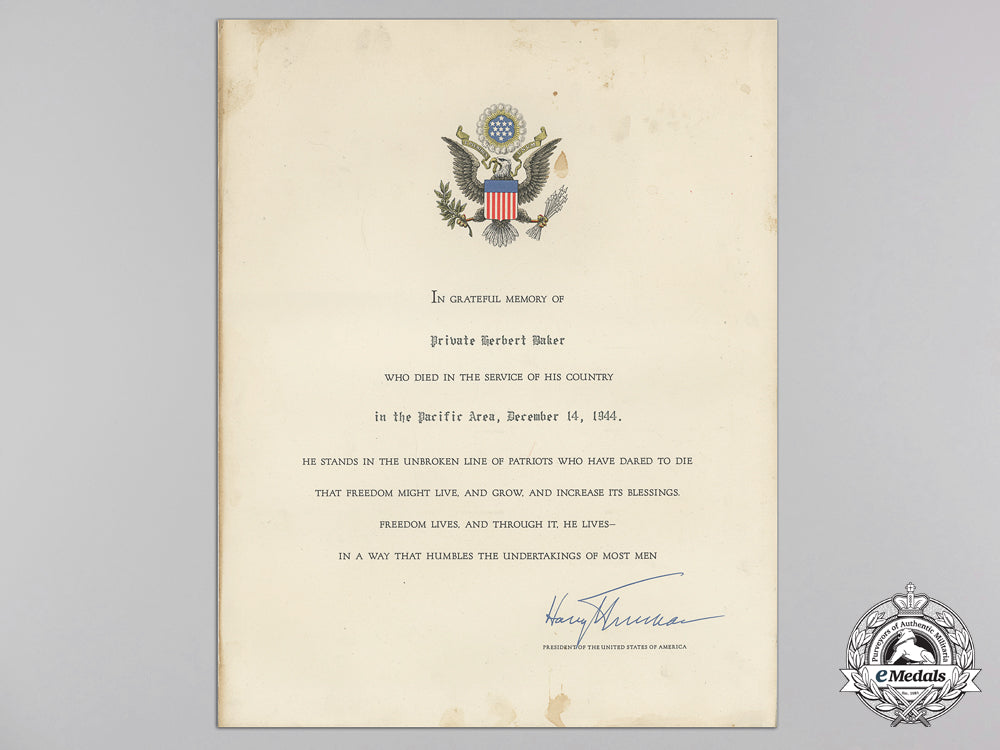
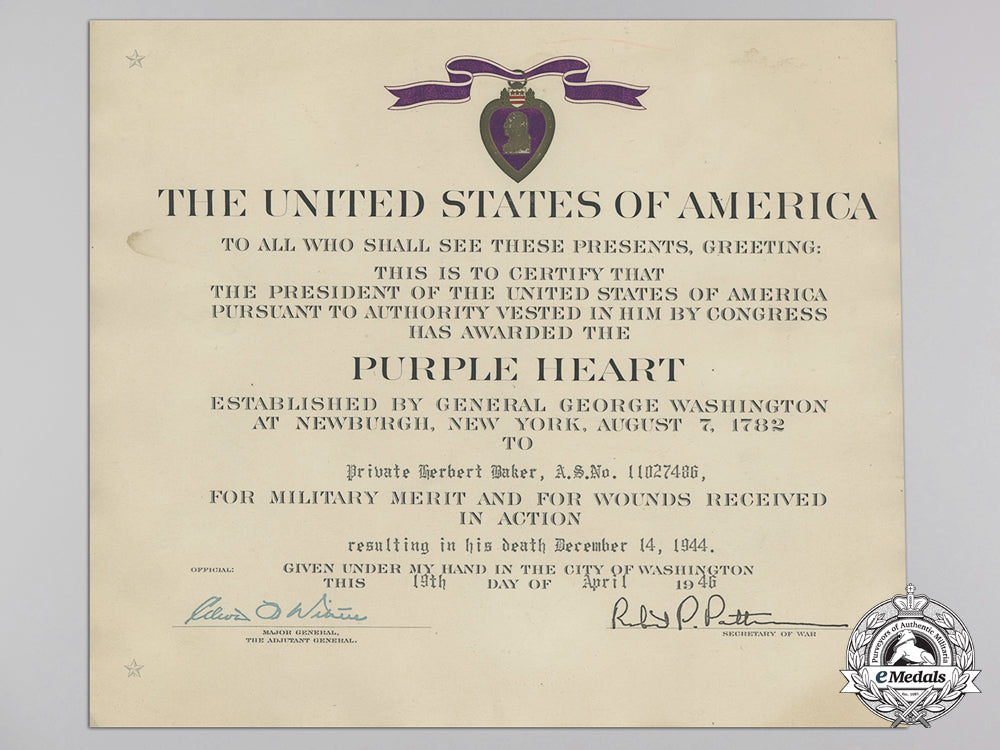
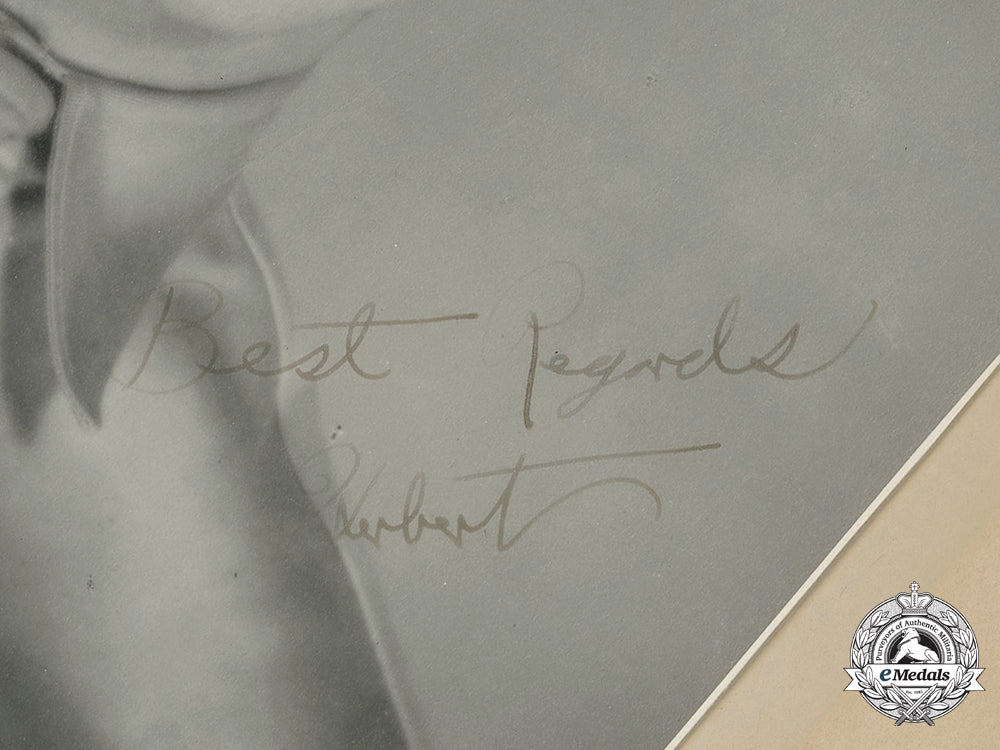
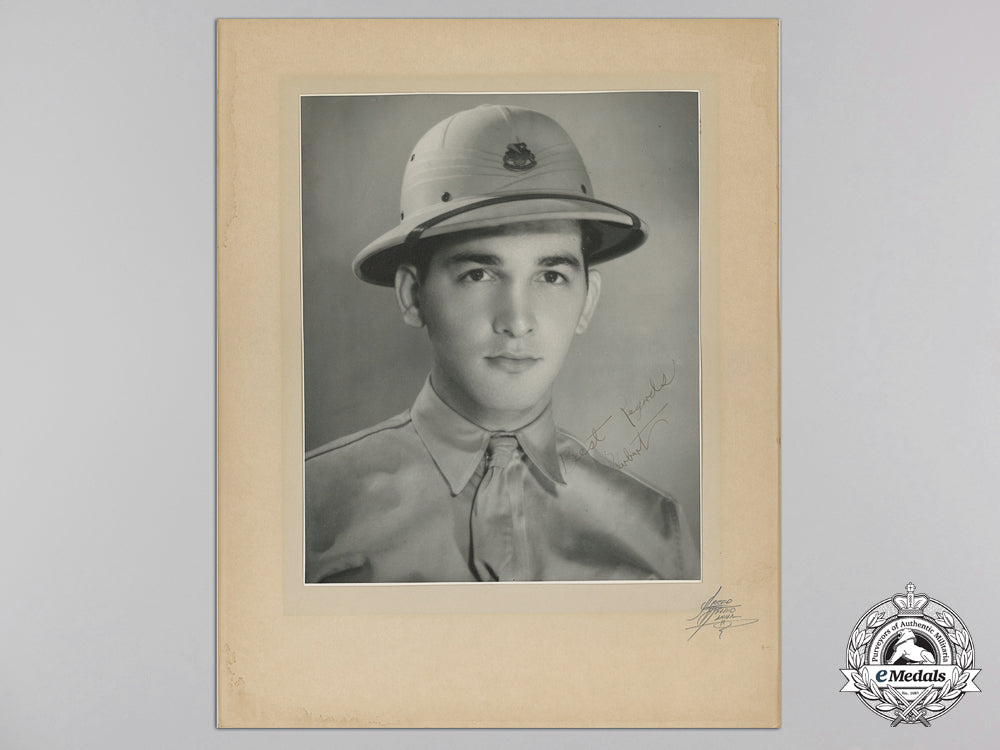
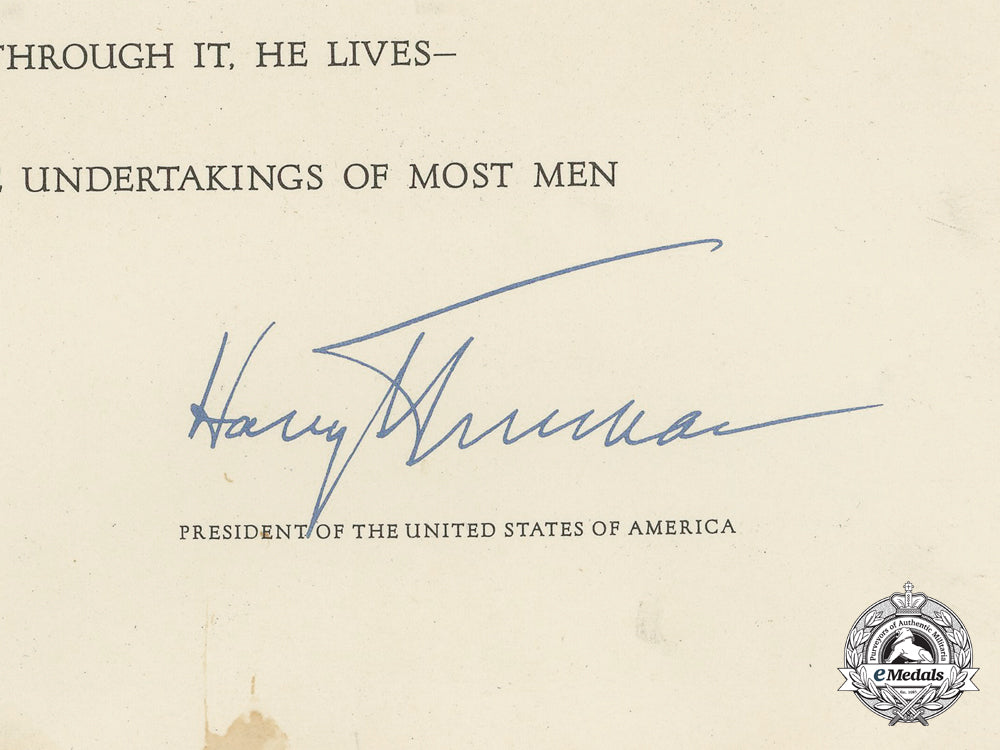
A Rare American Document Group To A Victim Of The Palawan Massacre
A Rare American Document Group To A Victim Of The Palawan Massacre
SKU: ITEM: W3533
Current Bid:
Your Max Bid:
Bid History:
Time Remaining:
Couldn't load pickup availability
Shipping Details
Shipping Details
eMedals offers rapid domestic and international shipping. Orders received prior to 12:00pm (EST) will be shipped on the same business day.* Orders placed on Canadian Federal holidays will be dispatched the subsequent business day. Courier tracking numbers are provided for all shipments. All items purchased from eMedals can be returned for a full monetary refund or merchandise credit, providing the criteria presented in our Terms & Conditions are met. *Please note that the addition of a COA may impact dispatch time.
Shipping Details
eMedals offers rapid domestic and international shipping. Orders received prior to 12:00pm (EST) will be shipped on the same business day.* Orders placed on Canadian Federal holidays will be dispatched the subsequent business day. Courier tracking numbers are provided for all shipments. All items purchased from eMedals can be returned for a full monetary refund or merchandise credit, providing the criteria presented in our Terms & Conditions are met. *Please note that the addition of a COA may impact dispatch time.
Description
Description
An American Document Group to a Victim of the Palawan Massacre, to Private Herbert Baker, United States Army Coast Artillery Corps, 60th Coastal Artillery Regiment (Anti-Aircraft), "D" (Denver) Battery: Purple Heart Award Certificate (inscribed "THE UNITED STATES OF AMERICA / TO ALL WHO SHALL SEE THESE PRESENTS, GREETING: / THIS IS TO CERTIFY THAT THE PRESIDENT OF THE UNITED STATES OF AMERICA PURSUANT TO AUTHORITY VESTED IN HIM BY CONGRESS HAS AWARDED THE PURPLE HEART ESTABLISHED BY GENERAL GEORGE WASHINGTON AT NEWBURGH, NEW YORK, AUGUST 7, 1782 TO Private Herbert Baker, A.S.No. 11027486, FOR WOUNDS RECEIVED IN ACTION resulting in his death December 14, 1944. GIVEN UNDER MY HAND IN THE CITY OF WASHINGTON THIS 19th DAY OF April 1946", signed by Major General/The Adjutant General Edwin D. Winter and printed signature of Secretary of War Robert P. Patterson, with War Department embossed stamp, printed in black, purple and gold inks on a thick off-white paper stock, 250 mm x 284 mm); President Truman Accolade Document (illustrating the embossed and printed American coat-of-arms, inscribed "IN GRATEFUL MEMORY OF Private Herbert Baker WHO DIED IN THE SERVICE OF HIS COUNTRY in the Pacific Area, December 14, 1944. HE STANDS IN THE UNBROKEN LINE OF PATRIOTS WHO HAVE DARED TO DIE THAT FREEDOM MIGHT LIVE, AND GROW, AND INCREASE ITS BLESSINGS. FREEDOM LIVES, AND THROUGH IT, HE LIVES - IN A WAY THAT HUMBLES THE UNDERTAKINGS OF MOST MEN", with the printed signature of Harry Truman, President of the United States of America, Baker's service number "11027486" printed on the reverse, printed in four color inks on a thick off-white paper stock, 277 mm x 353 mm); Commonwealth of Massachusetts Accolade Document (inscribed "THE COMMONWEALTH OF MASSACHUSETTS ACKNOWLEDGES WITH DEEP SYMPATHY THE GREAT SACRIFICE MADE BY THE FAMILY OF Herbert Baker WHO DIED SERVING IN THE ARMED FORCES OF THE UNITED STATES OF AMERICA IN WORLD WAR II", with the printed signatures of The Adjutant General William H. Harrison Jr. and Massachusetts Governor Maurice J. Tobin, printed in black ink on an off-white paper stock, 139 mm x 192 mm); Studio Photograph of Private Baker (black and white, matte finish, signed "Best Regards Herbert", illustrating Baker in uniform wearing his pith helmet bearing the 60th Coast Artillery insignia, 198 mm x 246 mm, mounted to a 280 mm x 353 mm matted card with studio mark at the lower right); four Polaroid Photographs of the Collective Grave Marker at Jefferson Barracks National Cemetery in St. Louis, Missouri; along with assorted research papers. All three documents are slightly soiled, the photographs are unaffected. Near extremely fine.
Footnote: Herbert Baker was born on October 5, 1918 in Massachusetts. He attained one year of high school education and was a resident of Suffolk County when he enlisted as a Private (11027486) with the United States Army on May 12, 1941 at Boston, Massachusetts, stating that he was Single. Private Herbert Baker served with the United States Army Coast Artillery Corps, 60th Coastal Artillery Regiment (Anti-Aircraft), "D" (Denver) Battery in the Philippines theater during the Second World War. "D" (Denver) Battery was an anti-aircraft battery consisting of four guns. 11027486 Private Herbert Baker was taken prisoner on Corregidor in the Philippines and was subsequently held as a Prisoner of War at a camp in Puerto Princesa on the island of Palawan. Following the military defeats in the Philippines, on August 1, 1942, 346 POWs still located in the Philippines were sent to Palawan Island for the purpose of constructing an airfield for the Japanese. Two years later, in September 1944, 159 American POWs were sent back to Manila because the Japanese thought that the remaining 150 survivors would be able to finish the airfield. Due to the ongoing presence of Allied aircraft in the area, on Thursday, December 14, 1944, the Japanese sighted an American convoy and mistakenly believed that it was bound for Palawan. In order to prevent the rescue of prisoners of war by what the Japanese perceived as the advancing Allies, units of the Japanese Fourteenth Area Army (under the command of General Tomoyuki Yamashita) brought the POWs back to their own camp. During an air raid warning, the 150 prisoners of war at Puerto Princesa were ordered by the Japanese to be placed in three wooden air raid shelters. Japanese soldiers then set the trenches on fire using barrels of gasoline, which were ignited by flaming torches and hand grenades. As the American POW’s, now engulfed in flames, broke out of the fiery death traps, their Japanese guards machine gunned, bayoneted, decapitated and clubbed them to death, including Private Baker, who died at the age of 26. Other POWs attempted to escape by climbing over a cliff that ran along one side of the trenches, but were later hunted down and killed. Only 11 men escaped the slaughter, the other 139 were killed. Bones from the victims were discovered in early 1945, with the remains of 123 victims, of what came to be known as the Palawan Massacre, were later interred at the United States Air Force Cemetery Leyte #1 in the Philippines. In 1952, upon Administrative Decision, the remains were exhumed and sent to the United States, to be re-interred in a mass grave in Section 85, Site 14-66, at Jefferson Barracks National Cemetery in St. Louis, Missouri. A new marker was dedicated at the site in 2003 to honor the victims, with Baker's name appearing as the second name from the top of the second of four columns. In addition, the Palawan Massacre Memorial by artist Don Schloat, a former POW of the Japanese at Palawan, was erected in the Philippines. The Palawan Massacre sparked a series of POW rescue campaigns by the United States, such as the raid at Cabanatuan on January 30, 1945, the raid at Santo Tomas Internment Camp on February 3, 1945, the raid of Bilibid Prison on February 4, 1945, and raid at Los Baños on February 23, 1945. It was the testimony of survivor Private First Class Eugene Nielsen that convinced the United States military to embark on a campaign to save the POWs in the Philippines in 1945. Sixteen Japanese soldiers were tried for the massacre in Yokohama, Japan in August 1948. The Japanese personnel involved in the massacre were initially sentenced to death, but later, they were released in the general amnesty.
Description
An American Document Group to a Victim of the Palawan Massacre, to Private Herbert Baker, United States Army Coast Artillery Corps, 60th Coastal Artillery Regiment (Anti-Aircraft), "D" (Denver) Battery: Purple Heart Award Certificate (inscribed "THE UNITED STATES OF AMERICA / TO ALL WHO SHALL SEE THESE PRESENTS, GREETING: / THIS IS TO CERTIFY THAT THE PRESIDENT OF THE UNITED STATES OF AMERICA PURSUANT TO AUTHORITY VESTED IN HIM BY CONGRESS HAS AWARDED THE PURPLE HEART ESTABLISHED BY GENERAL GEORGE WASHINGTON AT NEWBURGH, NEW YORK, AUGUST 7, 1782 TO Private Herbert Baker, A.S.No. 11027486, FOR WOUNDS RECEIVED IN ACTION resulting in his death December 14, 1944. GIVEN UNDER MY HAND IN THE CITY OF WASHINGTON THIS 19th DAY OF April 1946", signed by Major General/The Adjutant General Edwin D. Winter and printed signature of Secretary of War Robert P. Patterson, with War Department embossed stamp, printed in black, purple and gold inks on a thick off-white paper stock, 250 mm x 284 mm); President Truman Accolade Document (illustrating the embossed and printed American coat-of-arms, inscribed "IN GRATEFUL MEMORY OF Private Herbert Baker WHO DIED IN THE SERVICE OF HIS COUNTRY in the Pacific Area, December 14, 1944. HE STANDS IN THE UNBROKEN LINE OF PATRIOTS WHO HAVE DARED TO DIE THAT FREEDOM MIGHT LIVE, AND GROW, AND INCREASE ITS BLESSINGS. FREEDOM LIVES, AND THROUGH IT, HE LIVES - IN A WAY THAT HUMBLES THE UNDERTAKINGS OF MOST MEN", with the printed signature of Harry Truman, President of the United States of America, Baker's service number "11027486" printed on the reverse, printed in four color inks on a thick off-white paper stock, 277 mm x 353 mm); Commonwealth of Massachusetts Accolade Document (inscribed "THE COMMONWEALTH OF MASSACHUSETTS ACKNOWLEDGES WITH DEEP SYMPATHY THE GREAT SACRIFICE MADE BY THE FAMILY OF Herbert Baker WHO DIED SERVING IN THE ARMED FORCES OF THE UNITED STATES OF AMERICA IN WORLD WAR II", with the printed signatures of The Adjutant General William H. Harrison Jr. and Massachusetts Governor Maurice J. Tobin, printed in black ink on an off-white paper stock, 139 mm x 192 mm); Studio Photograph of Private Baker (black and white, matte finish, signed "Best Regards Herbert", illustrating Baker in uniform wearing his pith helmet bearing the 60th Coast Artillery insignia, 198 mm x 246 mm, mounted to a 280 mm x 353 mm matted card with studio mark at the lower right); four Polaroid Photographs of the Collective Grave Marker at Jefferson Barracks National Cemetery in St. Louis, Missouri; along with assorted research papers. All three documents are slightly soiled, the photographs are unaffected. Near extremely fine.
Footnote: Herbert Baker was born on October 5, 1918 in Massachusetts. He attained one year of high school education and was a resident of Suffolk County when he enlisted as a Private (11027486) with the United States Army on May 12, 1941 at Boston, Massachusetts, stating that he was Single. Private Herbert Baker served with the United States Army Coast Artillery Corps, 60th Coastal Artillery Regiment (Anti-Aircraft), "D" (Denver) Battery in the Philippines theater during the Second World War. "D" (Denver) Battery was an anti-aircraft battery consisting of four guns. 11027486 Private Herbert Baker was taken prisoner on Corregidor in the Philippines and was subsequently held as a Prisoner of War at a camp in Puerto Princesa on the island of Palawan. Following the military defeats in the Philippines, on August 1, 1942, 346 POWs still located in the Philippines were sent to Palawan Island for the purpose of constructing an airfield for the Japanese. Two years later, in September 1944, 159 American POWs were sent back to Manila because the Japanese thought that the remaining 150 survivors would be able to finish the airfield. Due to the ongoing presence of Allied aircraft in the area, on Thursday, December 14, 1944, the Japanese sighted an American convoy and mistakenly believed that it was bound for Palawan. In order to prevent the rescue of prisoners of war by what the Japanese perceived as the advancing Allies, units of the Japanese Fourteenth Area Army (under the command of General Tomoyuki Yamashita) brought the POWs back to their own camp. During an air raid warning, the 150 prisoners of war at Puerto Princesa were ordered by the Japanese to be placed in three wooden air raid shelters. Japanese soldiers then set the trenches on fire using barrels of gasoline, which were ignited by flaming torches and hand grenades. As the American POW’s, now engulfed in flames, broke out of the fiery death traps, their Japanese guards machine gunned, bayoneted, decapitated and clubbed them to death, including Private Baker, who died at the age of 26. Other POWs attempted to escape by climbing over a cliff that ran along one side of the trenches, but were later hunted down and killed. Only 11 men escaped the slaughter, the other 139 were killed. Bones from the victims were discovered in early 1945, with the remains of 123 victims, of what came to be known as the Palawan Massacre, were later interred at the United States Air Force Cemetery Leyte #1 in the Philippines. In 1952, upon Administrative Decision, the remains were exhumed and sent to the United States, to be re-interred in a mass grave in Section 85, Site 14-66, at Jefferson Barracks National Cemetery in St. Louis, Missouri. A new marker was dedicated at the site in 2003 to honor the victims, with Baker's name appearing as the second name from the top of the second of four columns. In addition, the Palawan Massacre Memorial by artist Don Schloat, a former POW of the Japanese at Palawan, was erected in the Philippines. The Palawan Massacre sparked a series of POW rescue campaigns by the United States, such as the raid at Cabanatuan on January 30, 1945, the raid at Santo Tomas Internment Camp on February 3, 1945, the raid of Bilibid Prison on February 4, 1945, and raid at Los Baños on February 23, 1945. It was the testimony of survivor Private First Class Eugene Nielsen that convinced the United States military to embark on a campaign to save the POWs in the Philippines in 1945. Sixteen Japanese soldiers were tried for the massacre in Yokohama, Japan in August 1948. The Japanese personnel involved in the massacre were initially sentenced to death, but later, they were released in the general amnesty.

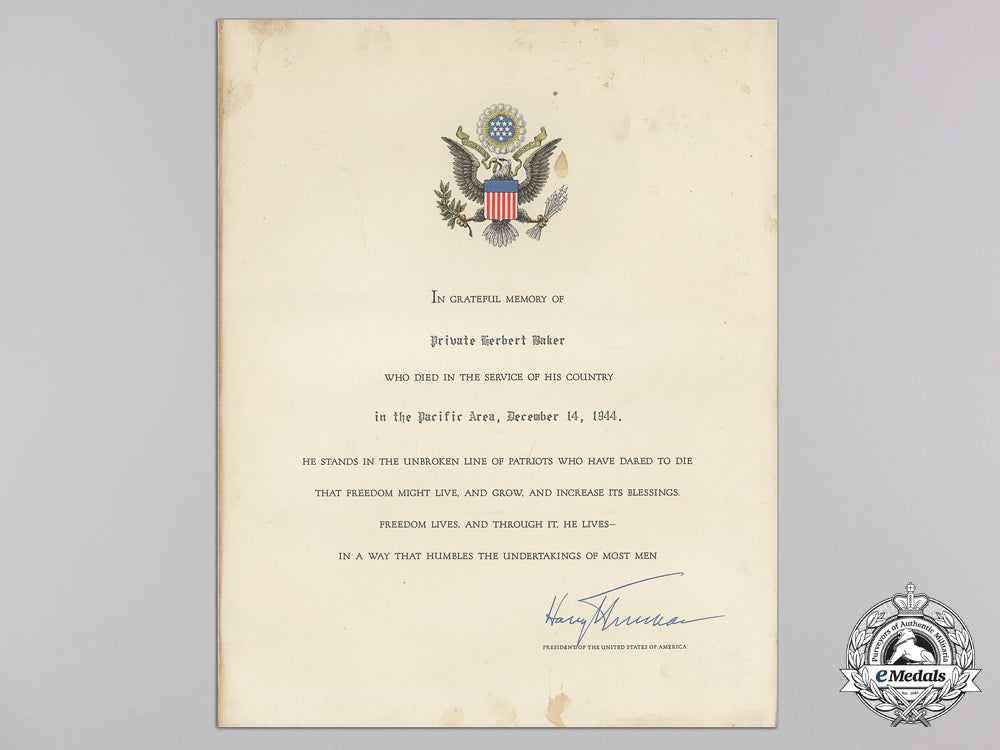
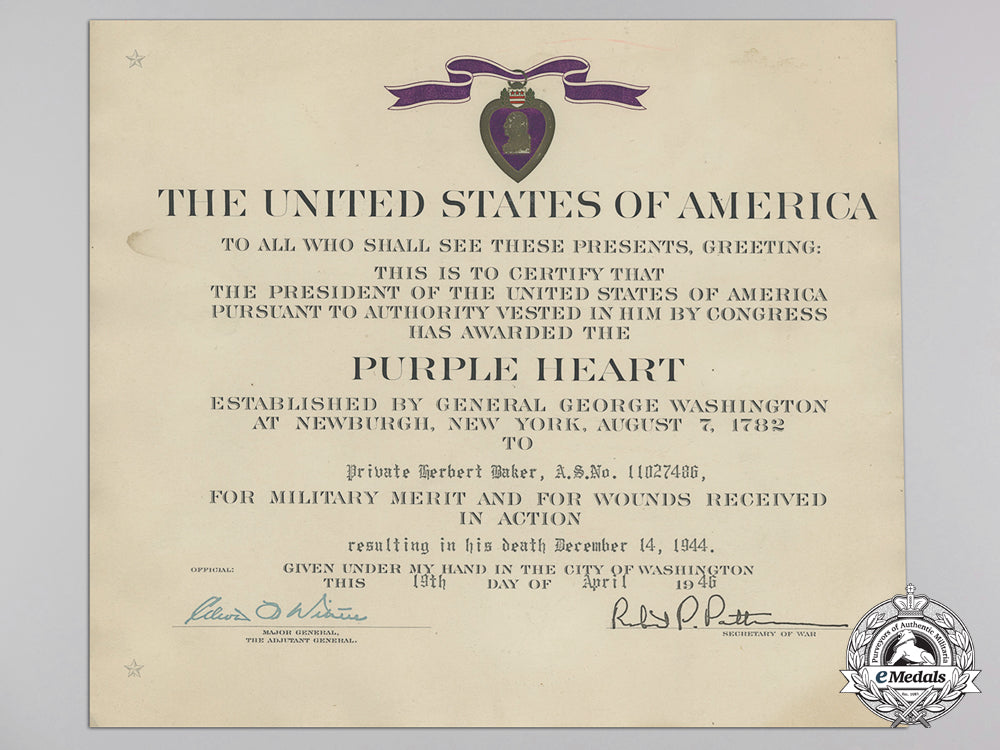
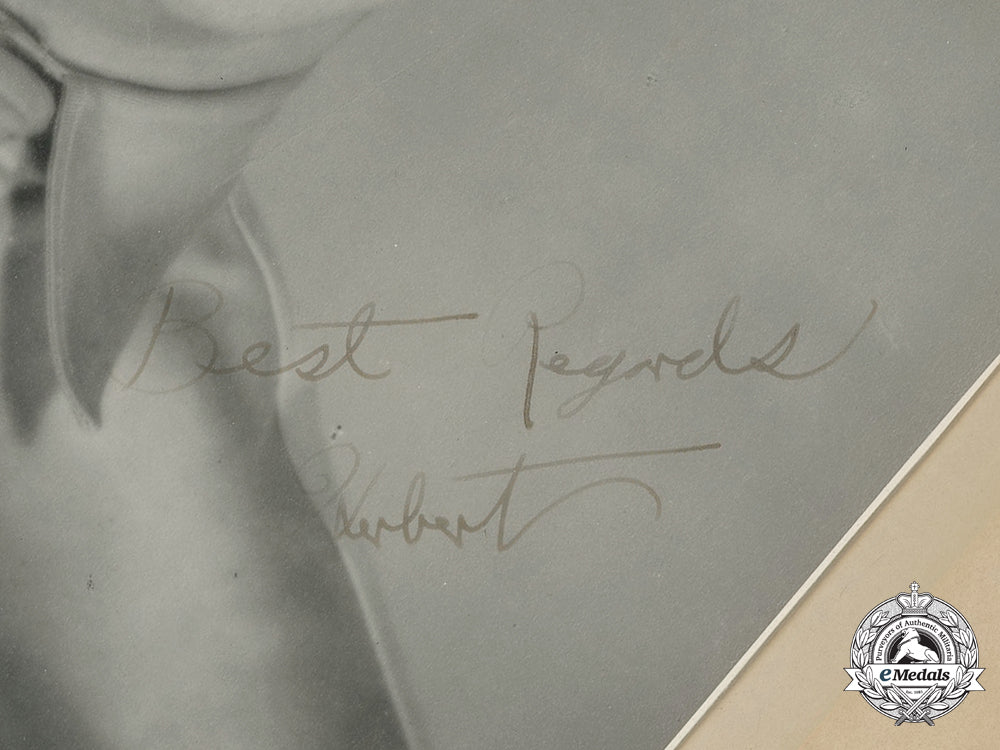
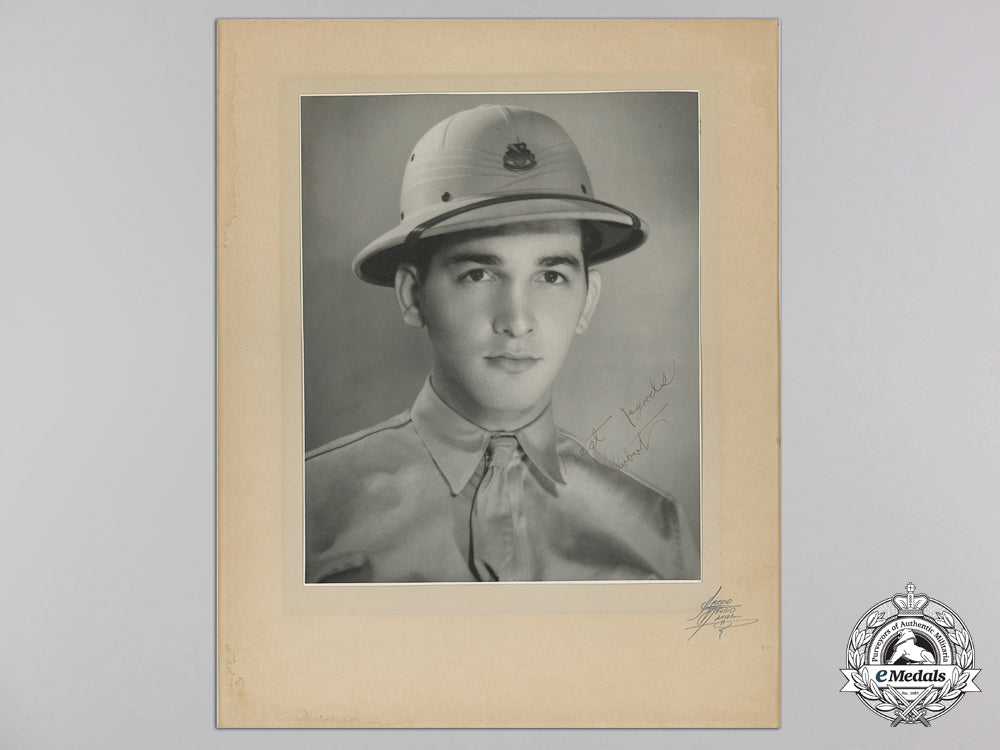
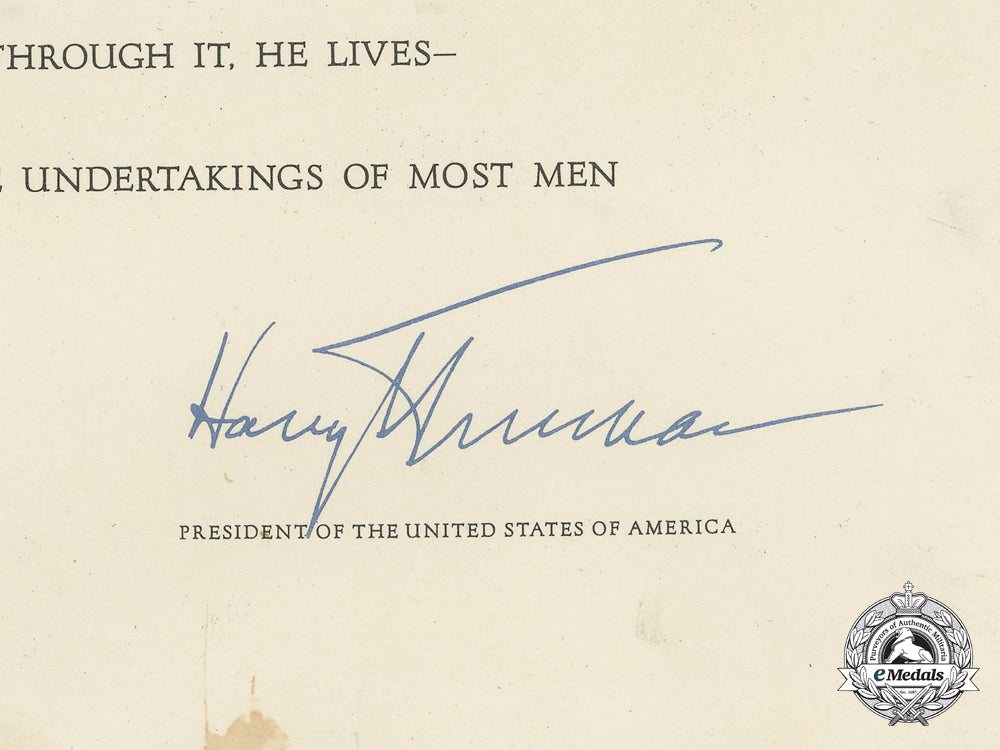
You May Also Like
Germany, HJ. A 1938 National Trade Competition Victor’s Badge, Gold Grade in Case, By Gustav Brehmer
G60096
Italy, Republic. An Order of Merit of the Italian Republic, Grand Cross Set by Johnson, 1970
EU23677
Spain, Franco Period. An Order of Civil Merit, Grand Cross Set
EU23731
Russia, Imperial. An Order of St. Anne, II Class in Gold
EU23720
Austria, Imperial. An Order of the Iron Crown, III Class in Gold, by Rothe, c.1900
EU23723
-
Germany, HJ. A 1938 National Trade Competition Victor’s Badge, Gold Grade in Case, By Gustav Brehmer
G60096
Add to CartRegular price $3,950 USDRegular price $0 USD Sale price $3,950 USDUnit price / per -
Italy, Republic. An Order of Merit of the Italian Republic, Grand Cross Set by Johnson, 1970
EU23677
Add to CartRegular price $950 USDRegular price $0 USD Sale price $950 USDUnit price / per -
Spain, Franco Period. An Order of Civil Merit, Grand Cross Set
EU23731
Add to CartRegular price $600 USDRegular price $0 USD Sale price $600 USDUnit price / per -
Russia, Imperial. An Order of St. Anne, II Class in Gold
EU23720
Add to CartRegular price $2,950 USDRegular price $0 USD Sale price $2,950 USDUnit price / per -
Austria, Imperial. An Order of the Iron Crown, III Class in Gold, by Rothe, c.1900
EU23723
Add to CartRegular price $3,950 USDRegular price $0 USD Sale price $3,950 USDUnit price / per
Do you have a similar item you are interested in selling?
Please complete the form and our client care representatives will contact you.
Sell Item